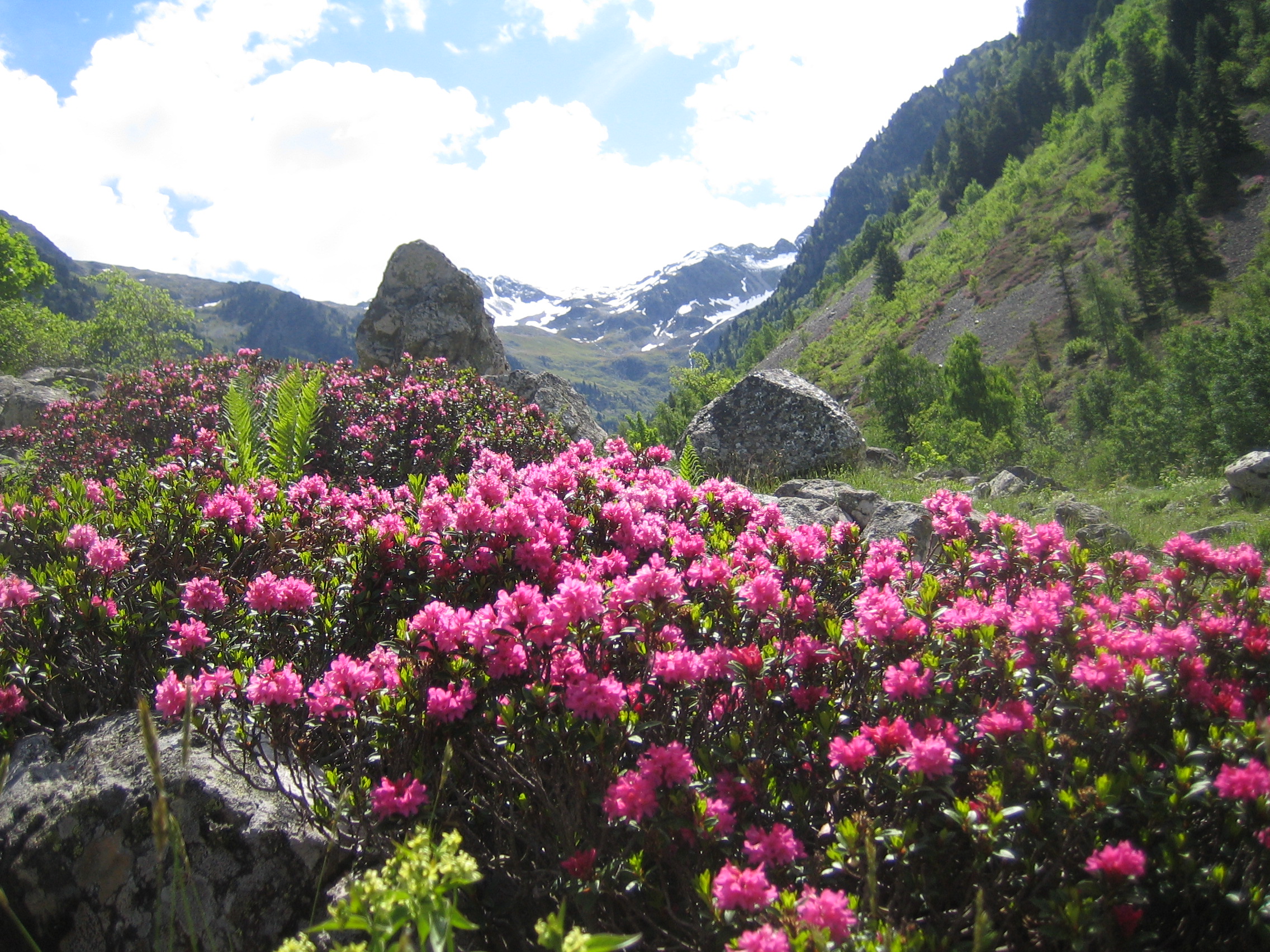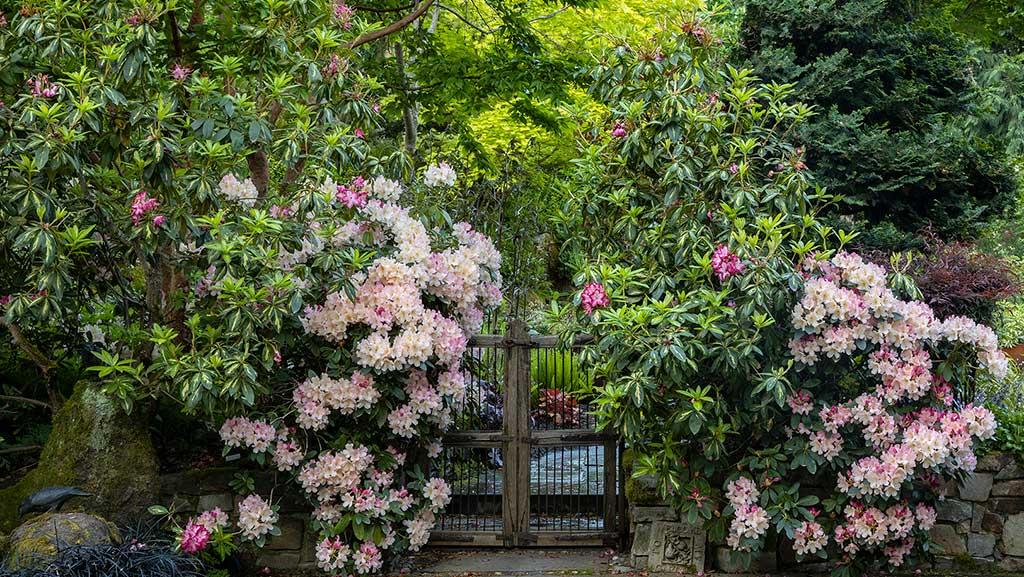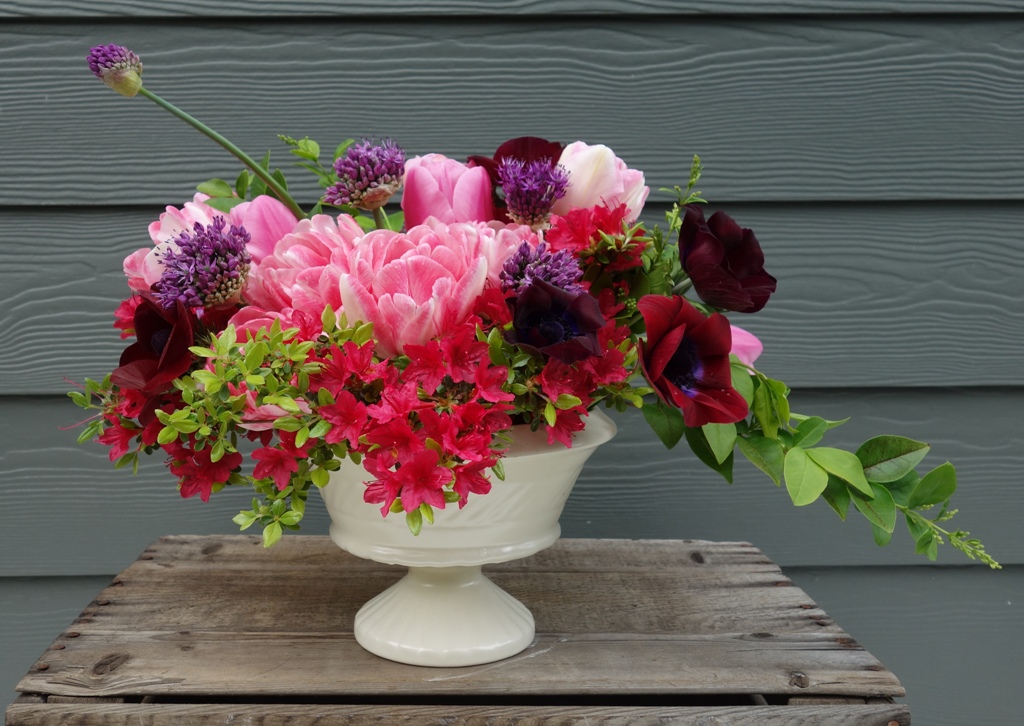Azaleas And Rhododendrons: How To Tell The Difference
Azaleas and rhododendrons are two popular flowering shrubs that are often confused with each other. In fact, they are actually members of the same genus, Rhododendron. However, there are some key differences between the two plants that can help you tell them apart.
Flower Shape and Size
One of the most obvious differences between azaleas and rhododendrons is the shape of their flowers. Azalea flowers are typically funnel-shaped, while rhododendron flowers are more bell-shaped. Azalea flowers are also generally smaller than rhododendron flowers.
Stamen Number
Another way to tell azaleas and rhododendrons apart is by counting the number of stamens in their flowers. Azalea flowers have five stamens, while rhododendron flowers have ten or more stamens.
Leaf Shape and Texture
The leaves of azaleas and rhododendrons are also slightly different. Azalea leaves are typically thinner and more pointed than rhododendron leaves. They may also be covered in fine hairs. Rhododendron leaves are thicker and more leathery, and they are usually hairless.
Deciduous vs. Evergreen
Most azaleas are deciduous, meaning they lose their leaves in the fall. However, there are also some evergreen azaleas. Rhododendrons, on the other hand, are typically evergreen, although some species may lose their leaves in cold climates.
Growth Habit
Azaleas and rhododendrons can vary in size, but rhododendrons are generally larger shrubs than azaleas. Rhododendrons can grow up to 20 feet tall, while azaleas are typically only 3-6 feet tall.
Growing Conditions
Both azaleas and rhododendrons prefer acidic soil and partial shade. They are also both susceptible to root rot, so it is important to plant them in well-drained soil.
So, how can you tell the difference between an azalea and a rhododendron?
Here is a quick summary of the key differences:
- Flower shape: Azalea flowers are funnel-shaped, while rhododendron flowers are bell-shaped.
- Stamen number: Azalea flowers have five stamens, while rhododendron flowers have ten or more stamens.
- Leaf shape and texture: Azalea leaves are thinner and more pointed than rhododendron leaves. They may also be covered in fine hairs. Rhododendron leaves are thicker and more leathery, and they are usually hairless.
- Deciduous vs. evergreen: Most azaleas are deciduous, while rhododendrons are typically evergreen.
- Growth habit: Rhododendrons are generally larger shrubs than azaleas.
Azaleas and rhododendrons are popular flowering shrubs that can add a touch of beauty and color to any garden. But did you know that they are actually part of the same genus? That's right, azaleas are just a type of rhododendron.
There are many different types of azaleas and rhododendrons, each with its own unique characteristics. Some are tall and stately, while others are small and compact. Some have showy flowers, while others are more understated. And some are hardy in cold climates, while others prefer warmer weather.
No matter what your gardening style or climate, there is sure to be an azalea or rhododendron that is perfect for you. If you're not sure where to start, I recommend visiting Garden Wiki. This website is a great resource for information about azaleas and rhododendrons, including:
- Species and cultivars
- Planting and care
- Pests and diseases
- Propagation
- And more!
FAQ of azaleas and rhododendrons
- What is the difference between azaleas and rhododendrons?
Azaleas and rhododendrons are both members of the Rhododendron genus, but there are some key differences between the two. Azaleas are typically smaller than rhododendrons, with flowers that are more clustered together. They also tend to have a more open, spreading growth habit. Rhododendrons, on the other hand, can grow much larger, with flowers that are more spaced out. They also tend to have a more upright growth habit.
- What are some important facts about azaleas?
- Azaleas are a popular shrub in landscaping, with over 1,000 varieties.
- They prefer acidic soil, so it's important to amend the soil with peat moss or pine bark before planting.
- They need full sun to partial shade and regular watering, especially during the spring and summer when they are blooming.
- They are susceptible to a number of pests and diseases, so it's important to inspect them regularly and take preventive measures.
- Azaleas are poisonous if consumed, so it's important to keep them out of reach of children and pets.
- How do I care for azaleas in the winter?
- In areas with cold winters, azaleas should be protected from the cold and wind. You can do this by wrapping the plant in burlap or placing it in a sheltered location.
- You may also need to water azaleas more frequently during the winter, especially if the weather is dry.
- If you live in an area with very cold winters, you may need to bring your azaleas indoors for the winter.
- How do I propagate azaleas?
Azaleas can be propagated by seed, but this is a slow and difficult process. The more common method is to propagate azaleas by cuttings. To do this, take a 4-6 inch cutting from a healthy plant in the spring or summer. Remove the bottom leaves from the cutting and dip it in rooting hormone. Plant the cutting in a well-draining potting mix and keep it moist. The cutting should root in 4-6 weeks.
- What are some good companion plants for azaleas?
Some good companion plants for azaleas include hostas, ferns, and evergreen shrubs. These plants will help to provide shade and moisture, which azaleas appreciate. You can also plant azaleas with other flowering shrubs, such as camellias and hydrangeas.
Image of azaleas and rhododendrons
5 different images of azaleas and rhododendrons from Pinterest:
- Azaleas in full bloom: This image shows azaleas in full bloom in a garden. The azaleas are a variety of colors, including pink, white, and red. They are arranged in a row and are surrounded by green leaves.

- Rhododendrons in a forest: This image shows rhododendrons growing in a forest. The rhododendrons are a variety of colors, including pink, purple, and white. They are tall and bushy, and their leaves are a deep green.

- Azaleas and rhododendrons in a pot: This image shows azaleas and rhododendrons growing in a pot. The azaleas are pink and white, and the rhododendrons are purple and white. They are arranged in a variety of colors and shapes, and they are surrounded by green leaves.

- Azaleas and rhododendrons in a garden bed: This image shows azaleas and rhododendrons growing in a garden bed. The azaleas are pink and white, and the rhododendrons are purple and white. They are arranged in a row and are surrounded by other flowers and plants.

- Azaleas and rhododendrons in a bouquet: This image shows a bouquet of azaleas and rhododendrons. The azaleas are pink and white, and the rhododendrons are purple and white. They are arranged in a variety of colors and shapes, and they are surrounded by green leaves.

Post a Comment for "Azaleas And Rhododendrons: How To Tell The Difference"